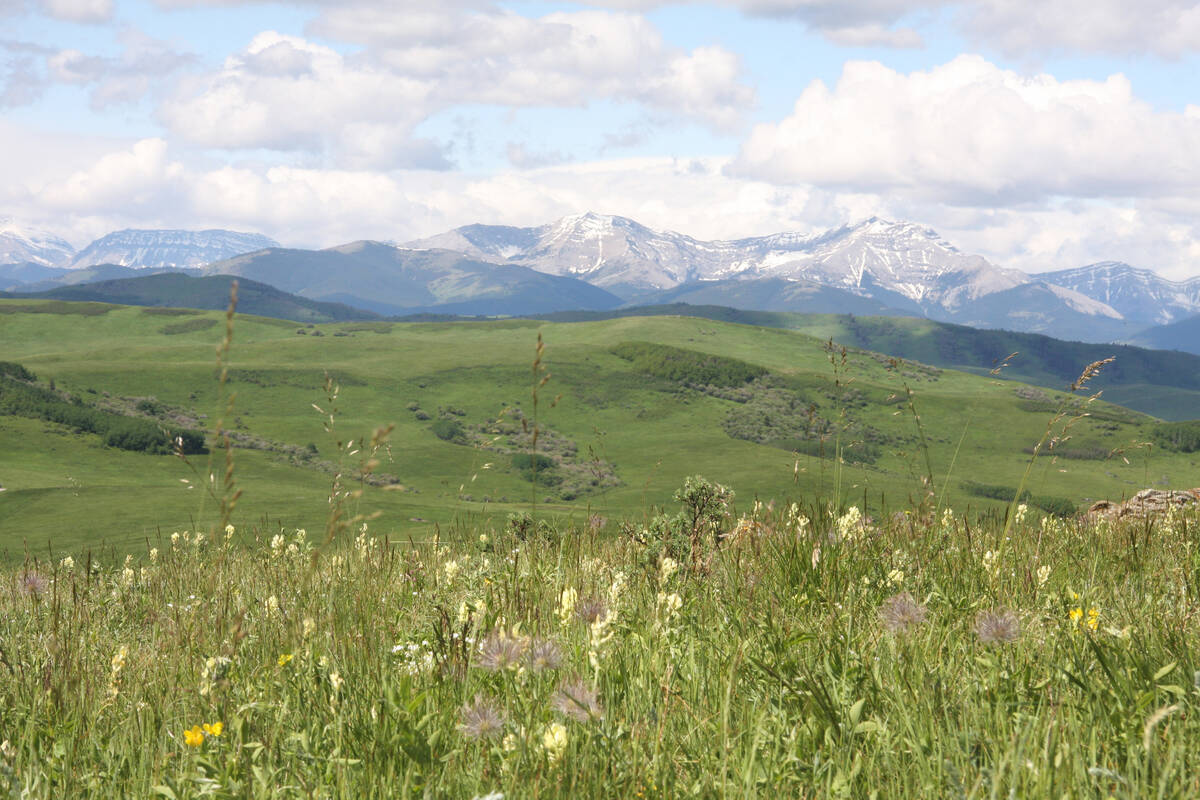New anthrax cases appear to have levelled off, but don’t count on it.
Sandra Stevens of the Canadian Food Inspection Agency said herd vaccinations in areas where infections were discovered has likely reduced the number of deaths.
“Producers are better informed about the risks and causes and they are managing that risk,” she said.
Saskatchewan has had 646 animals die so far this year, while Manitoba has had 131, making 2006 a record year for the disease in Canada.
In Saskatchewan, the number of rural municipalities with positive cases has increased to 41 from 30 in 10 days, but remains mainly in areas that were water saturated this spring. In Manitoba, the number remains at seven RMs.
Read Also

Selenium not deal breaker in coal mining: expert
Environmental scientist weighs in on coal mining debates in Western Canada, explaining selenium and the technologies and practices to lower its concentrations in nearby waterways to coal mining operations
“There are fewer new infected premises and that tells us the vaccination of at-risk herds is working,” Stevens said.
While anthrax easily survives freezing temperatures, cooler fall conditions will move more cattle to winter pastures and feed yards and that alone will remove some of the anthrax risks in community pastures and other areas prone to spring flooding.
“We have had an odd year. First we get wet soils where anthrax spores float around until they pool in high concentrations as water is lost to drought conditions,” Stevens said about the north-central Saskatchewan outbreak.
“Then there are the cases in southern Manitoba and Saskatchewan where the animals are feeding in slough bottoms and other spots they don’t always go or chew their pastures down to the dirt. But also where water has dried up and concentrated the spores.”
Chris Clark of the Western College of Veterinary Medicine in Saskatoon said the risk of infection remains until the cattle are no longer exposed to soils where high concentrations of spores have congregated.
He said cooler fall days will result in seasonal changes to management practices and that will reduce the risk of disease to a point.
“Farmers need to look at the risk levels on their farms and act appropriately. For that, they do need to talk to their local vets. That local knowledge is key.”
Clark said anthrax is one of the oldest recorded livestock diseases and the first to be controlled with vaccines.
“The problem is, vaccinating at this time of year isn’t a great prospect either. Sorting calves and rounding up pregnant cows when it’s hot isn’t your best bet either. Local vets really do have a pretty good handle on their areas and what the best advice is,” he said.
Stevens said CFIA will be advising producers whose herds were infected this year to vaccinate for at least three years beginning next spring, and to consider each year’s weather and geographic potential for infection.














